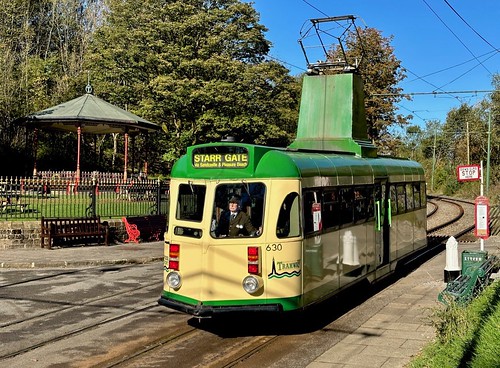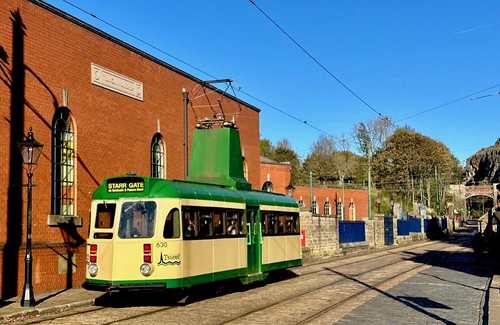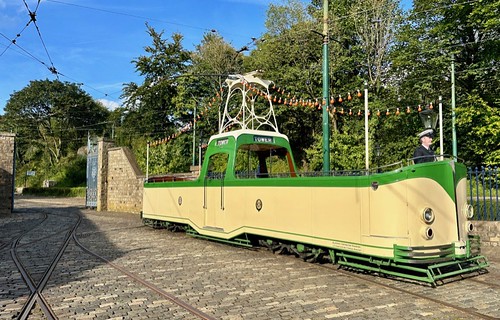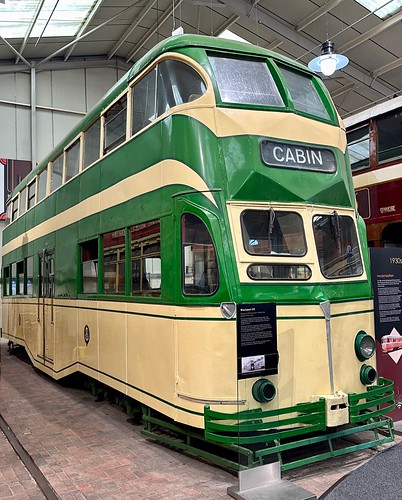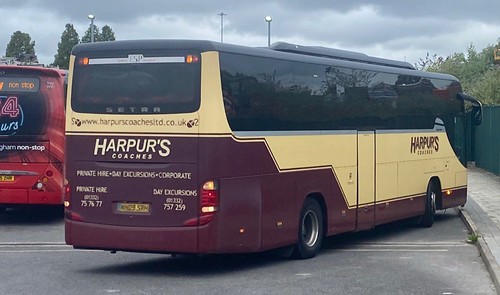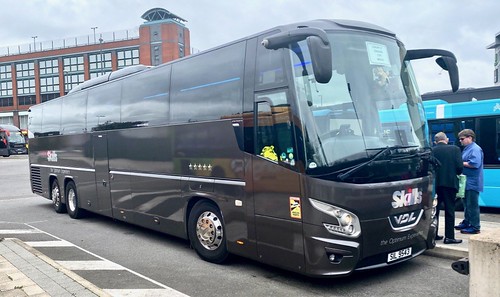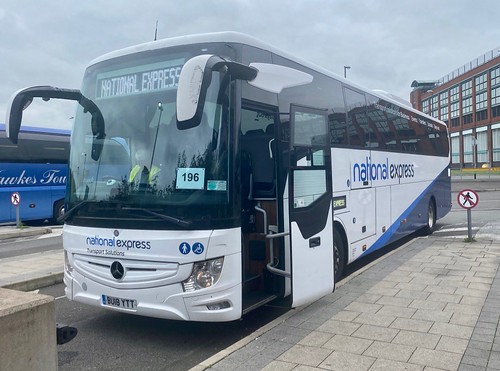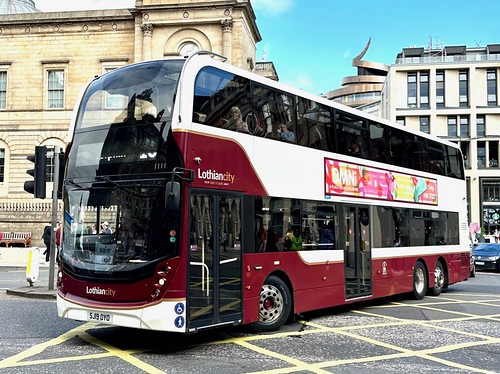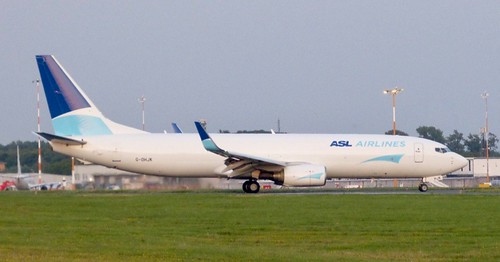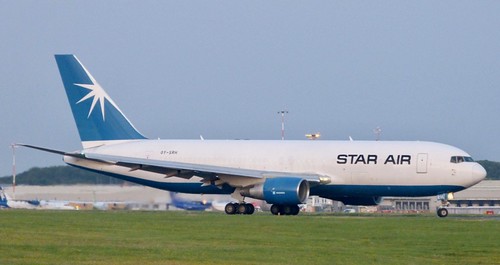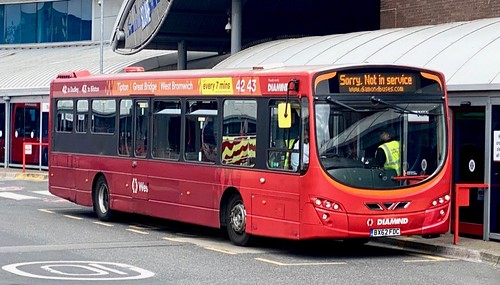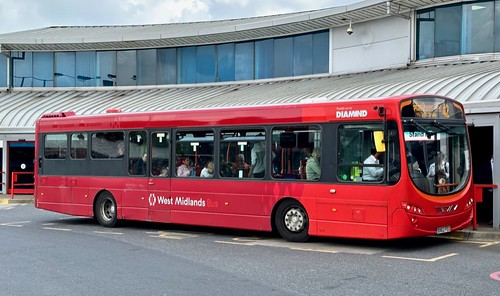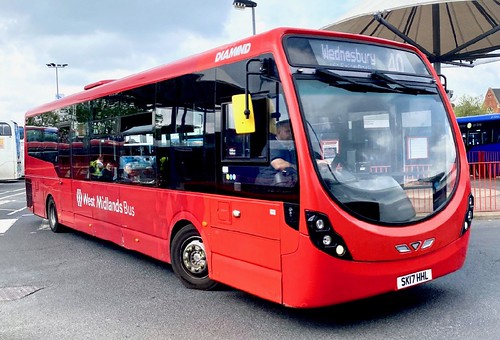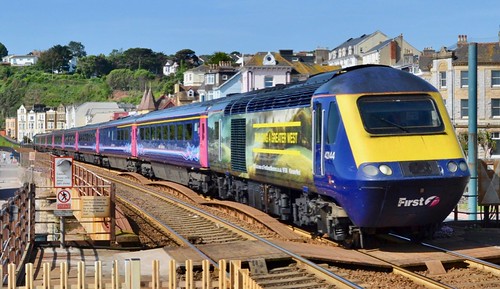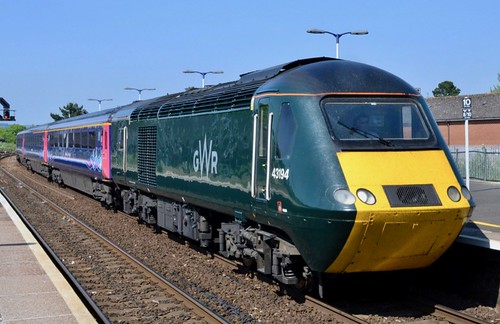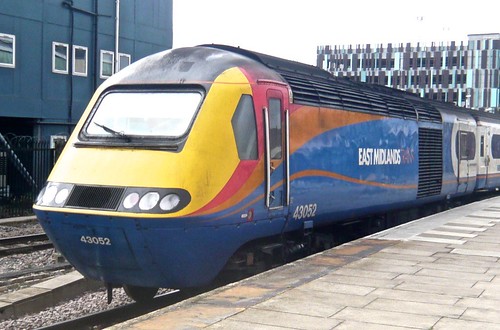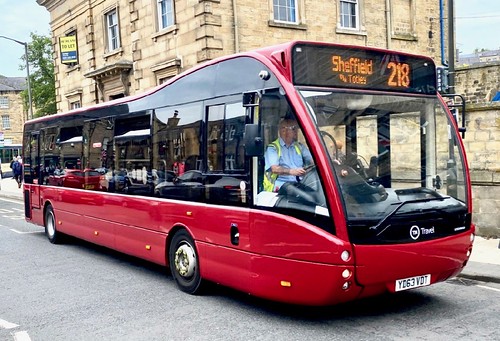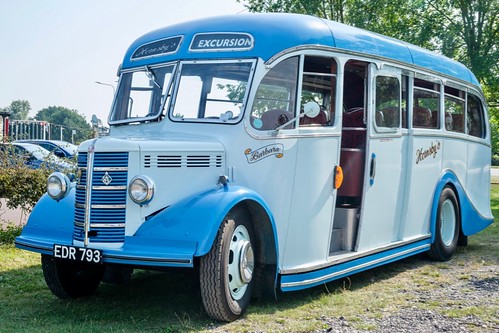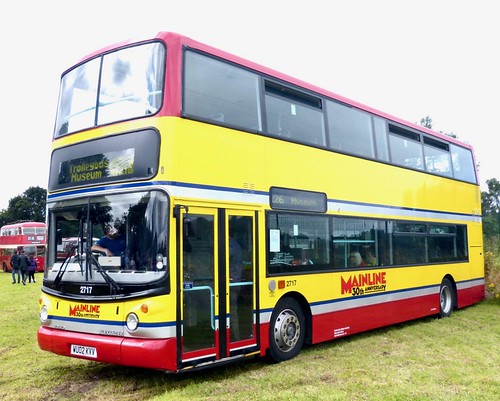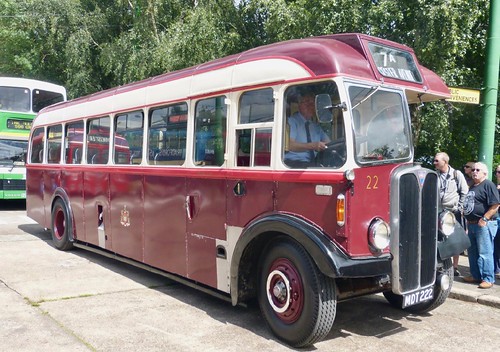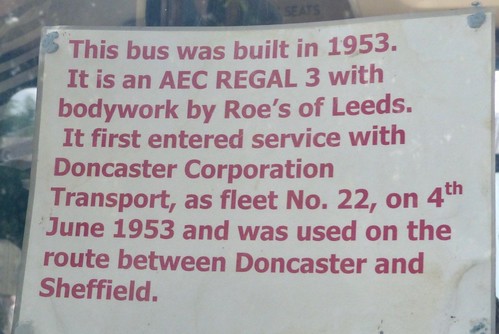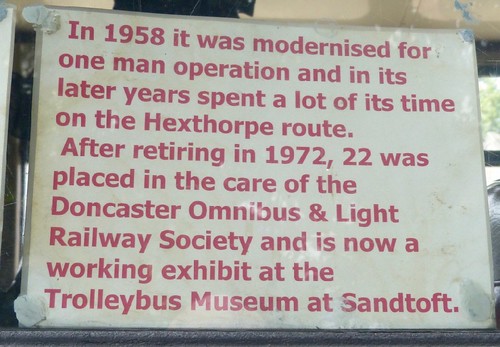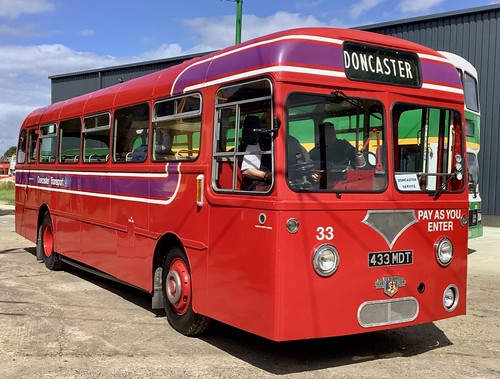40 ‘Blackpool Corporation Transport’.
Preston McGuire equal wheel bogies / ‘Blackpool Corporation Transport’
on Dennis Basford’s railsroadsrunways.blogspot.co.uk’
The last tram built for Blackpool to what was seen as an old fashioned design but which was urgently required to bolster an ailing, elderly fleet.
New in 1926.
The sign to the right reads ‘ALL CARS INWARDS STOP HERE’.
The reason for that is, at this point, all tram crews are required to get passengers to vacate the tram as that particular journey is complete.
The tram then runs to the end of the line, the trolley pole is reversed, the tram loads, then departs over the crossover to the up line where the next journey begins.
630 ‘Blackpool Corporation Transport’.
EMB Hornless equal bogies / Brush & Co. /1
on Dennis Basford’s railsroadsrunways.blogspot.co.uk’
Most tramway systems opened towards the end of the nineteenth century or the early years of the twentieth.
By the mid 1930s they were at least looking old fashioned or worse, were worn out.
Many operators gave up tramways for buses both diesel and electric.
Blackpool however elected to modernise and when Walter Luff arrived as general manager in 1933, with the decision already made, he set about updating the fleet and commissioned new single and double deck trams from English Electric.
The streamlined ‘Railcoach’ generation, although the single deck open toppers were known as ‘Boats’.
Pictured on an inbound journey.
New in 1937
The sign to the right of the tram reads ‘DOWN CARS STOP HERE’.
It is interesting to note that at the top of the information panel, the letters cast into it read ‘SHEFFIELD TRANSPORT DEPT.
Nothing gets wasted at Crich.
The bandstand to the left is often graced by a brass band in summertime.
630 ‘Blackpool Corporation Transport’.
EMB Hornless equal bogies / Brush & Co. /2
on Dennis Basford’s railsroadsrunways.blogspot.co.uk’
Now running back up the line.
To the far right of the image and further up the track stands the Bowes Lyon bridge.
Like much at Crich, it has a history prior to coming here, having once stood at Stagenhoe Park in Hertfordshire.
The width is insufficient for trams to pass side by side so the tracks are interlaced effectively making it briefly single line working.
236 ‘Blackpool Corporation Transport’.
English Electric / English Electric
on Dennis Basford’s railsroadsrunways.blogspot.co.uk’
One of the ‘Boats’ new in 1934.
Pictured just entering the depot area.
The running line lies beyond the gates.
249 ‘Blackpool Corporation Transport’.
English Electric / English Electric
on Dennis Basford’s railsroadsrunways.blogspot.co.uk’
Another type that appeared in the 1930s.
Known as ‘Balloons’ they seated 94 passengers which was extraordinary for the times.
I have seen them in summertime service when two conductors were required (1 downstairs and the other upstairs) to cope with the numbers of passengers being carried.
Originally built as an open topper, its roof was added in 1941/2 as a result of wartime service in wintertime which required closed top rather than open top trams.
New in 1934.


